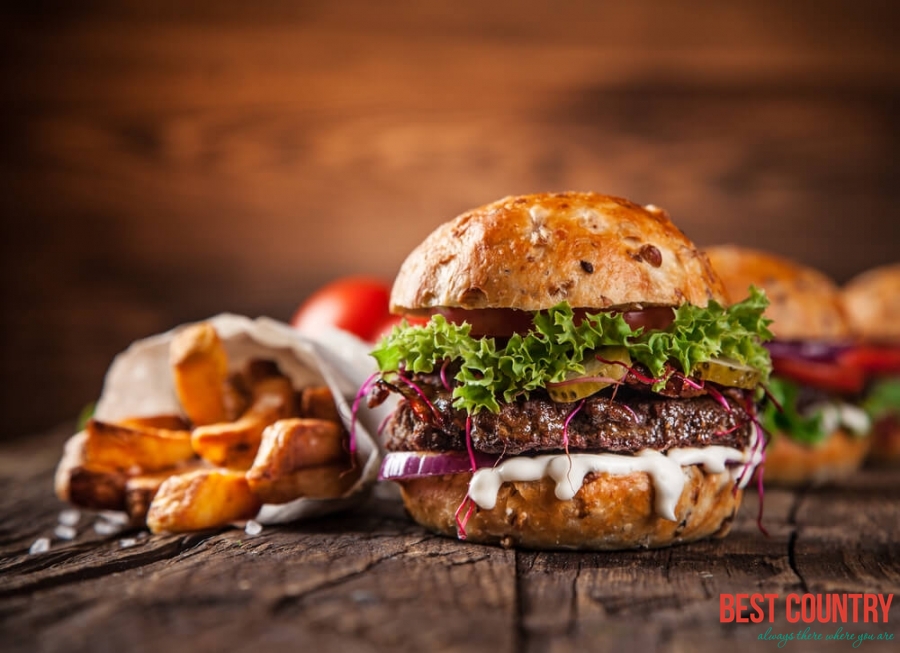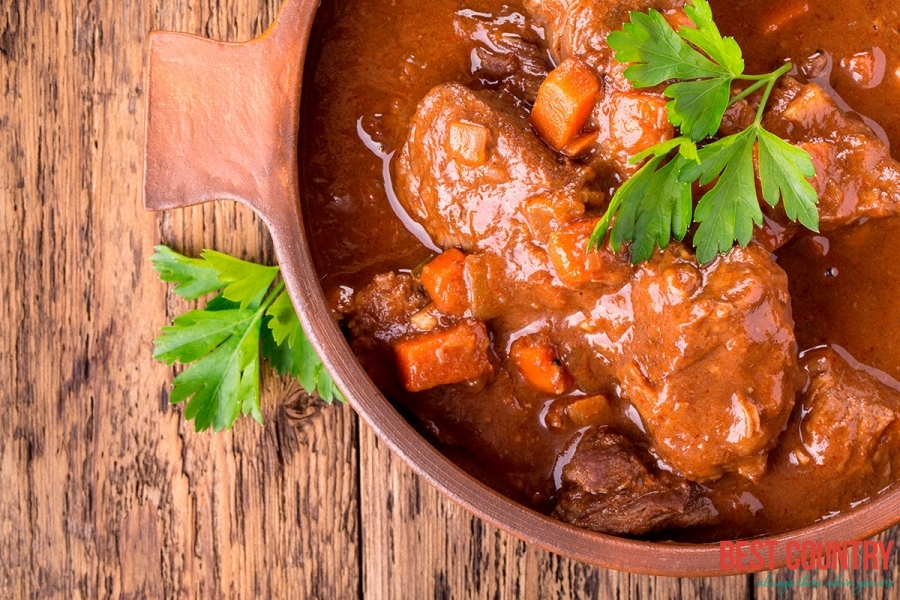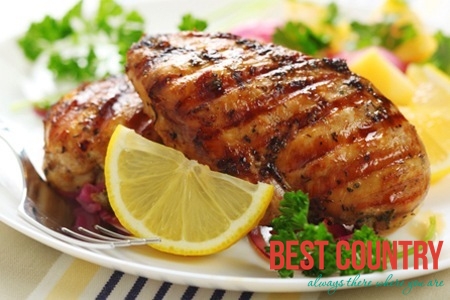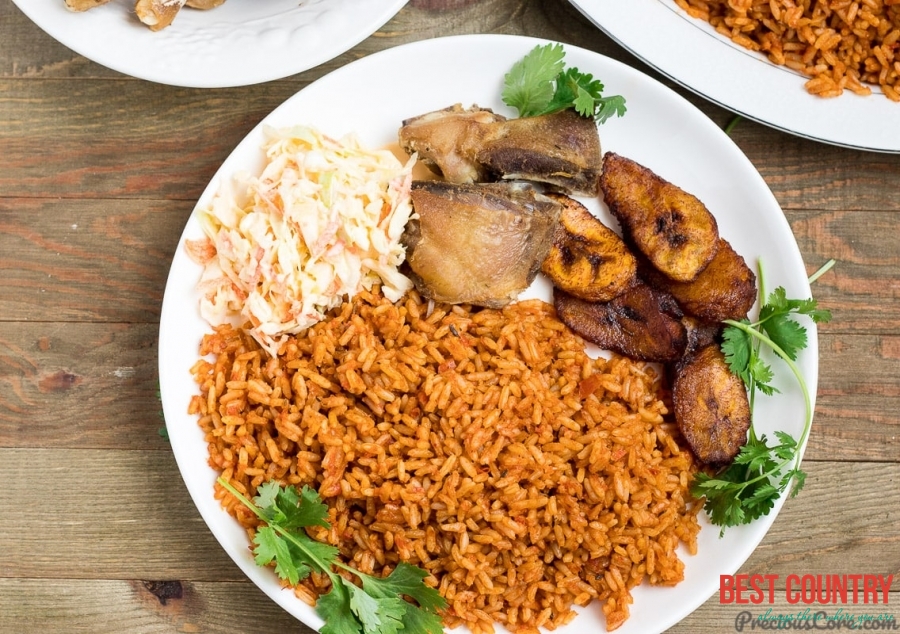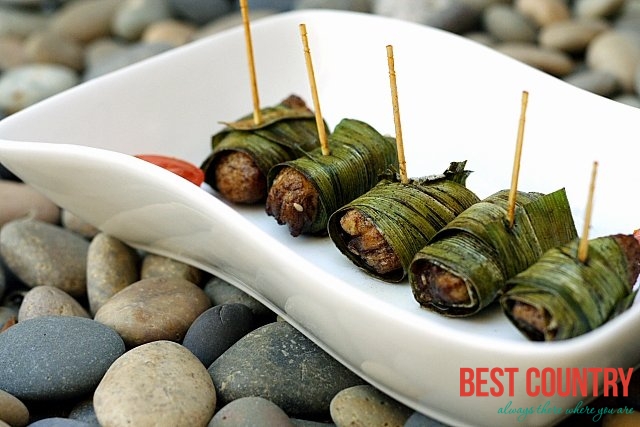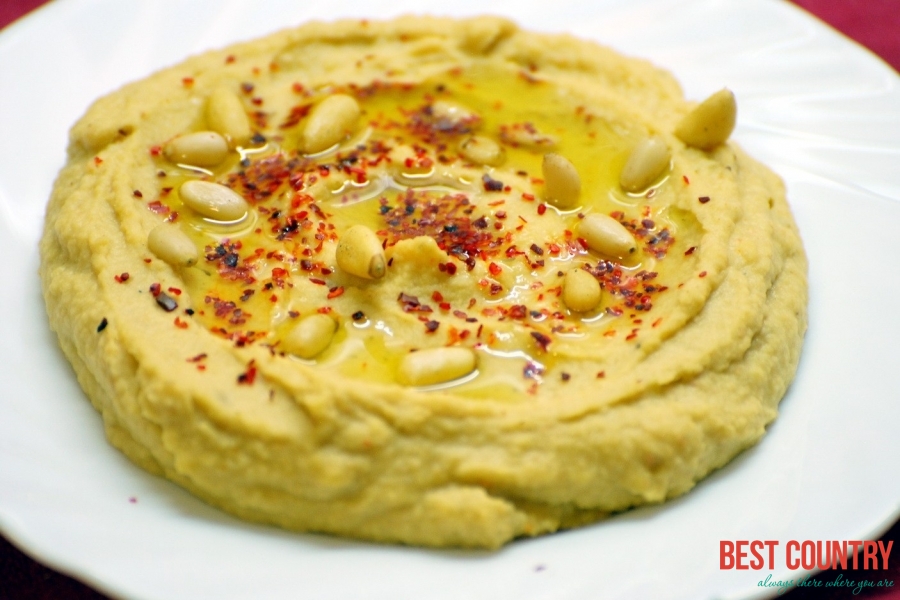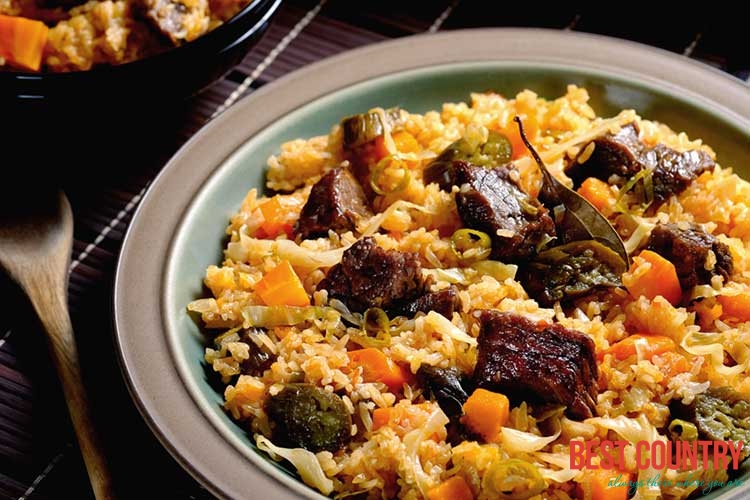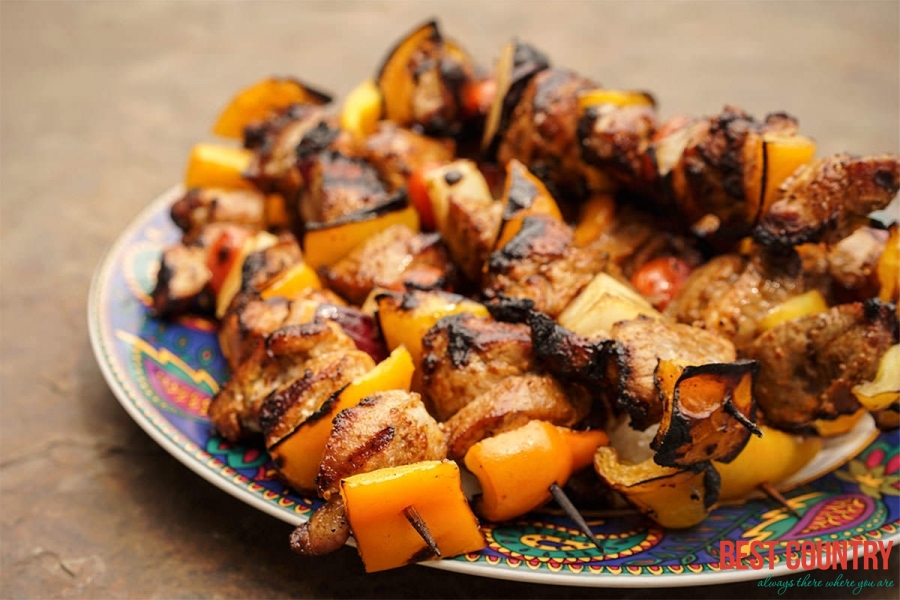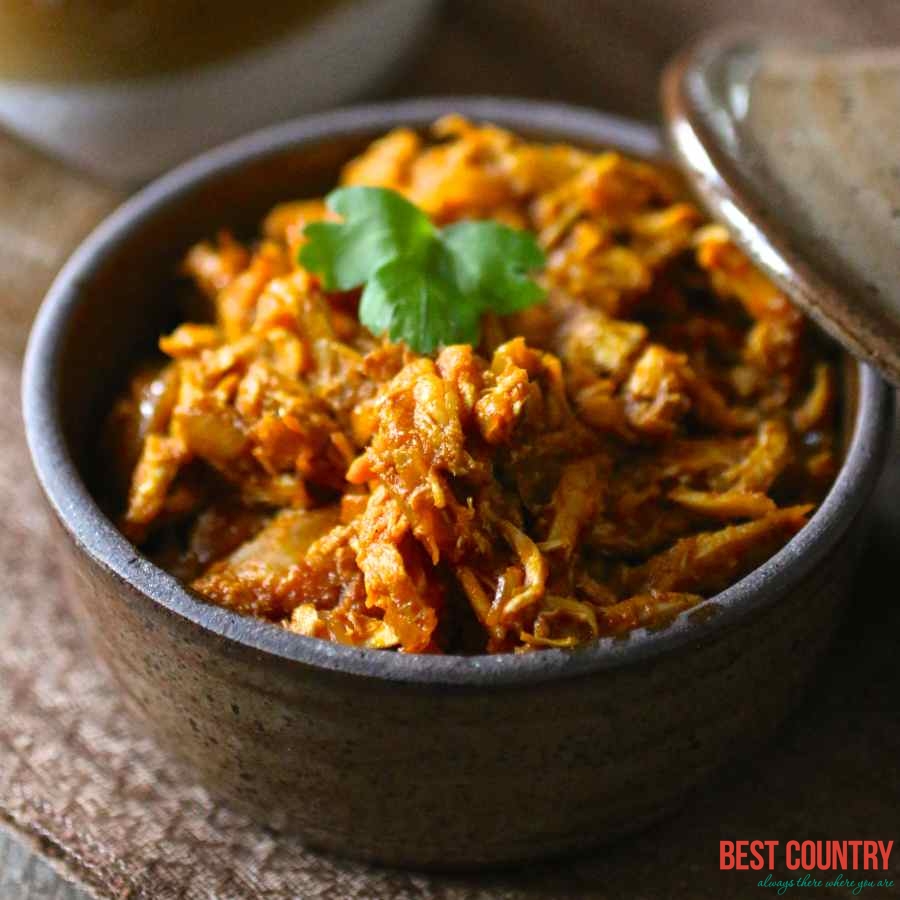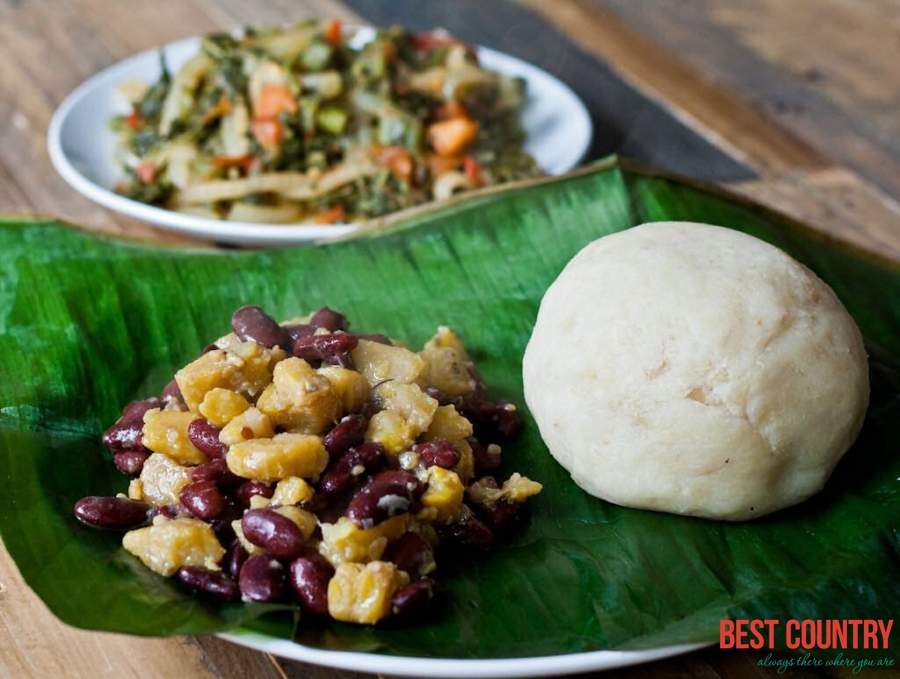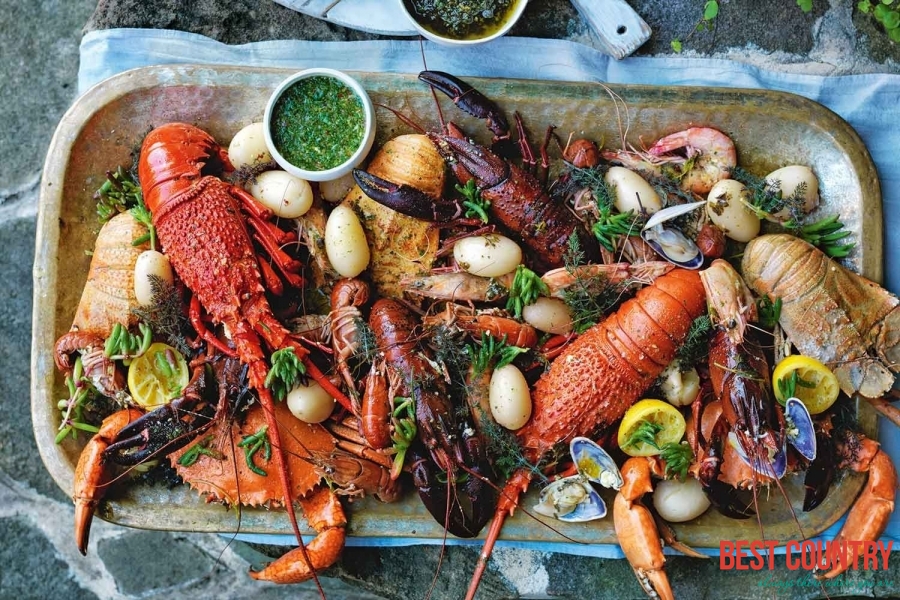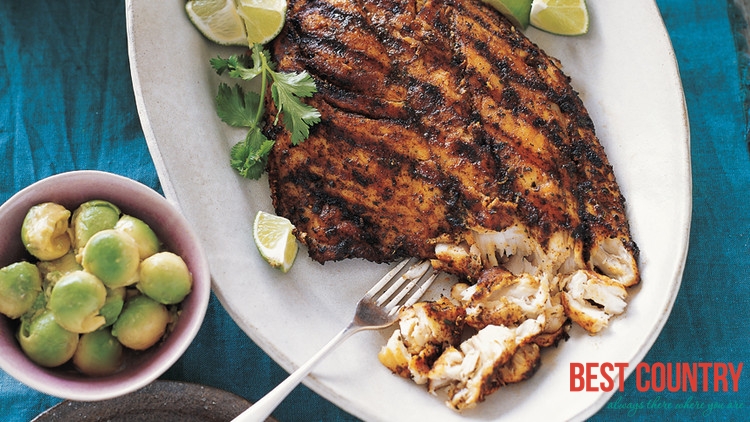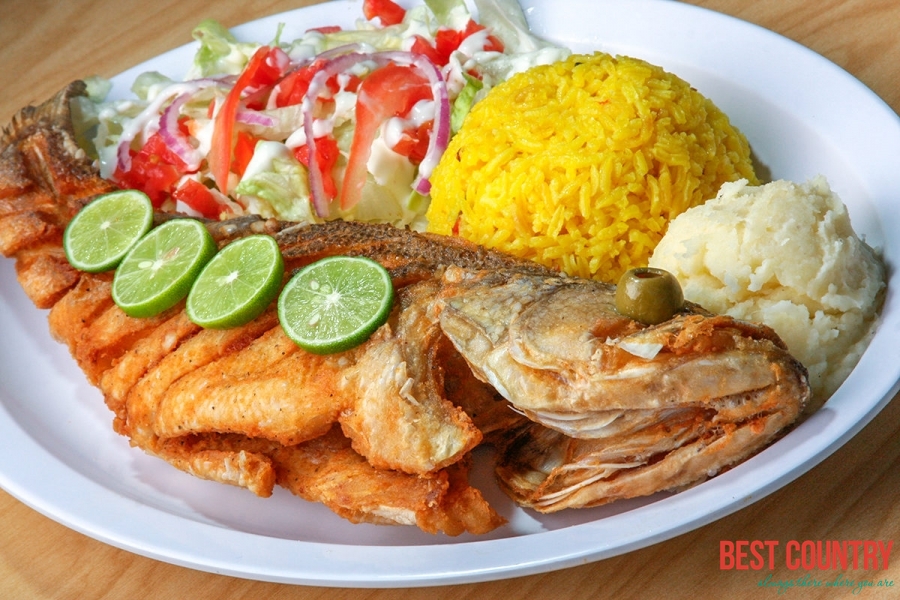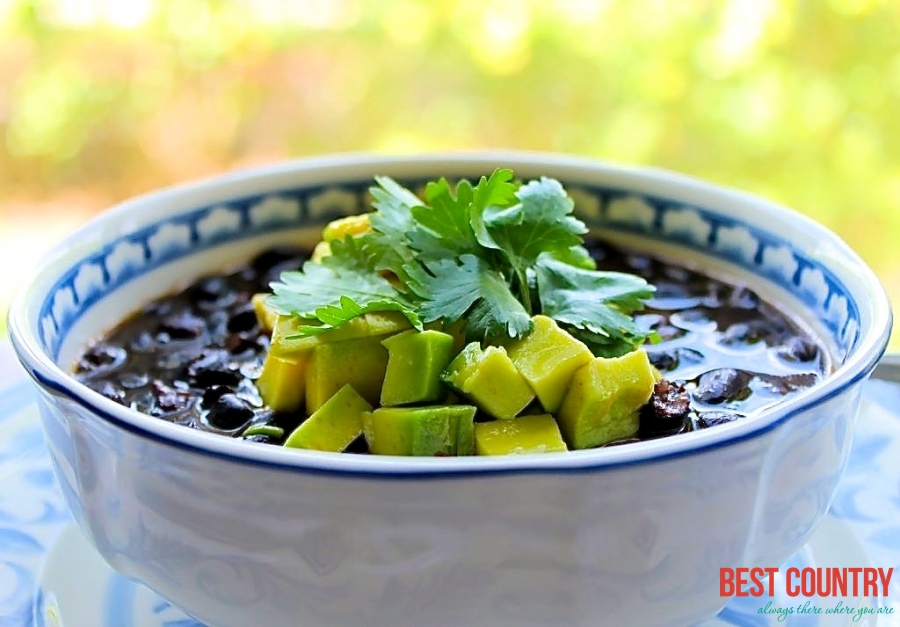International cuisine in different countries
United States of America Food and Drink
Frequent eating out is a relative novelty for many Americans, particularly in suburban areas, and is just one of many consequences of the popularization of television shows that feature celebrity chefs and a focus on culinary history and popular culture. Americans' appetite for learning more about food and becoming familiar with diverse cuisines has grown exponentially in the past decade—along with their waistlines.
Food in Djibouti
Food in Djibouti ranges from French haute cuisine found inside the more posh restaurants to the typically North African fare you are most likely to come across on the streets.
Cuisine of Guinea-Bissau
Guinea-Bissau is positioned on the west coast of Africa and is bordered to the north by Senegal, the east and southeast by Guinea and west southwest by the Atlantic Ocean. Due to the fact that Guinea Bissau is a country that has ocean opening the most common dish is fresh fish but also fruits and vegetables.
Food in Guinea
Local cuisine is made of staples such as cassava, yam and maize. Hot maize soup is is one of the local specialties and are served from calabashes. International cuisine is available only in the restaurants in capital city, Conakry. Jollof rice, stuffed chicken with chips, delicious fish dishes and French pastries are some of the goodies on the menu in the major cities.
Kiribati Food
Restaurants are few in number and are situated mainly in the larger towns.
Israeli Food
Israel, of course, is known in the Bible as the "land of milk and honey." But for a long time, the country did not have a recognized culinary heritage. Thankfully, however, today Israel is widely credited with a rich and distinctive cuisine - one reflecting the diversity of Israeli society, but with roots deeply planted in Jewish and regional customs.
Food in Gambia
Food in Gambia is made of commonly grown food such as groundnuts, vegetables, millet and cassava along with meat and fish.
Burkinabe cuisine
Burkinabe cuisine, the cuisine of Burkina Faso, is similar to the cuisines in many parts of West Africa, and is based on staple foods of sorghum, millet, rice, fonio, maize, peanuts, potatoes, beans, yams and okra.
Gabonese cuisine
Gabonese cuisine is the cooking traditions, practices, foods and dishes associated with Gabon, a sovereign state on the west coast of Central Africa. French cuisine is prevalent as a notable influence, and in larger cities various French specialties are available.
Burundian cuisine
The choice is limited. Most food is boiled, stewed or roasted over wood fire. Meals in Bujumbura's hotels are reasonable, but expensive and of fairly average quality. The French, Greek and Asian restaurants in the town are good. There are few restaurants outside the capital and Gitega.
French Guiana Food
The French Guiana food is a blend of different cuisines ranging from Indonesian to Chinese to Vietnamese to French to Spanish.
National cuisine of the Falkland Islands
The Falkland Islands are basically represented by two wider territories: East Falkland Island and West Falkland Island and several hundred small islands. During time, Spanish people occupied the territory, so local influences of these strongly personalized cuisines can be found, especially in the only city, Stanley.
Guyana Food and Drink
The food in hotels and restaurants reflects the range of influences on Guyanese society. On the menus of most restaurants you will often find chicken, pork, steak and, most commonly, shrimp.
Food in Venezuela
Venezuela Food is an assortment of scrumptious dishes that are authentic to Venezuela. The traditional food of Venezuela consists of premium quality fish and shellfish. Most of the Venezuela native food contains a marine flavor. The national dish of Venezuela is 'pabellon', which is composed of stewed and shredded meat together with rice, black beans and banana and corn is a staple food in Venezuela
